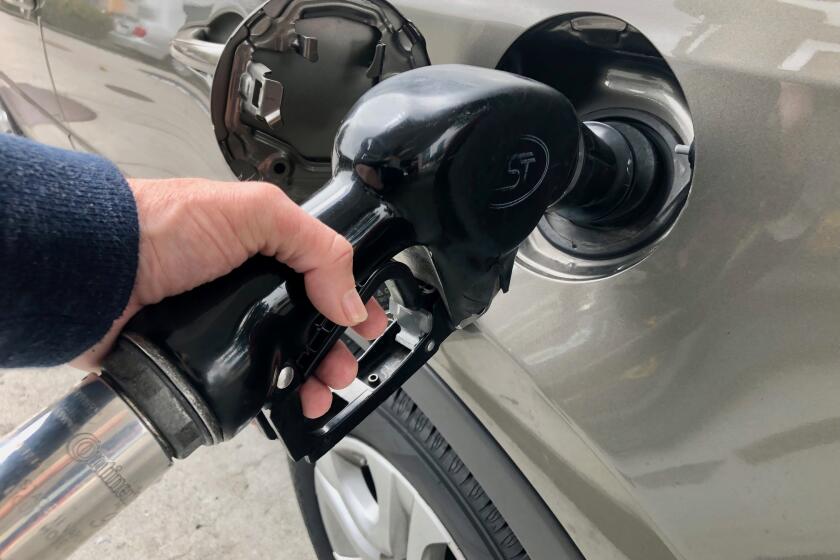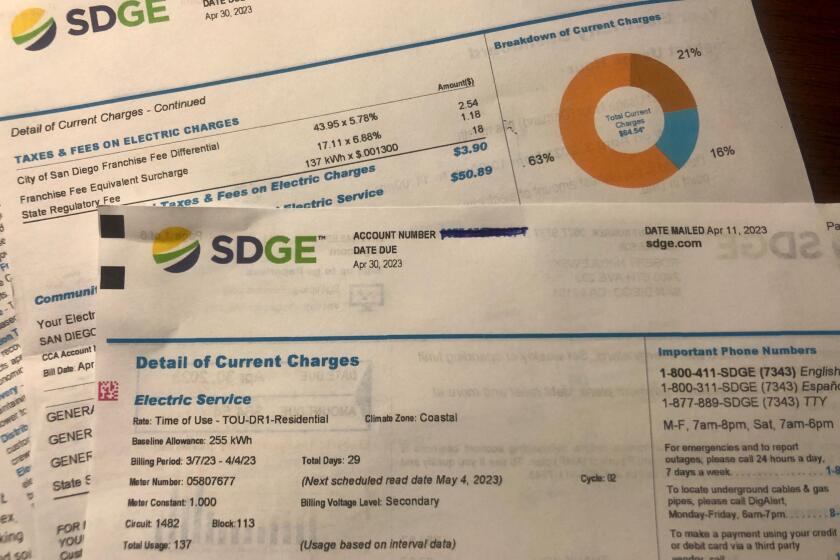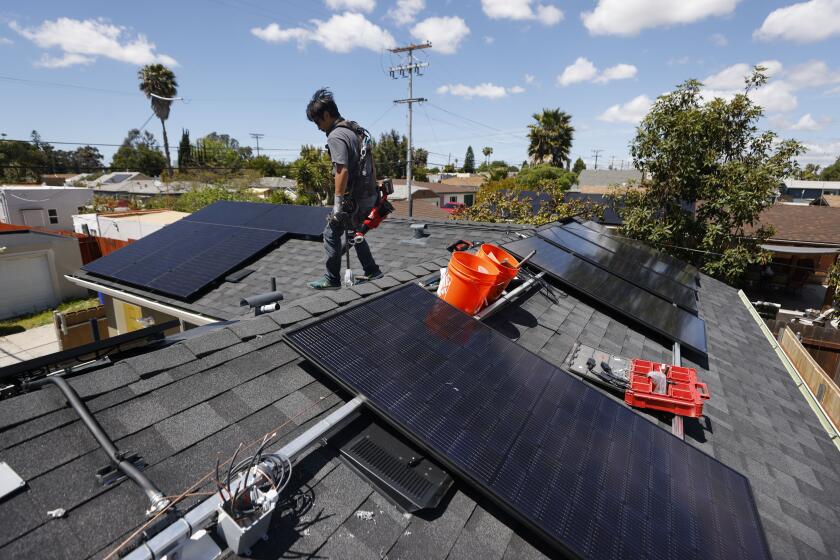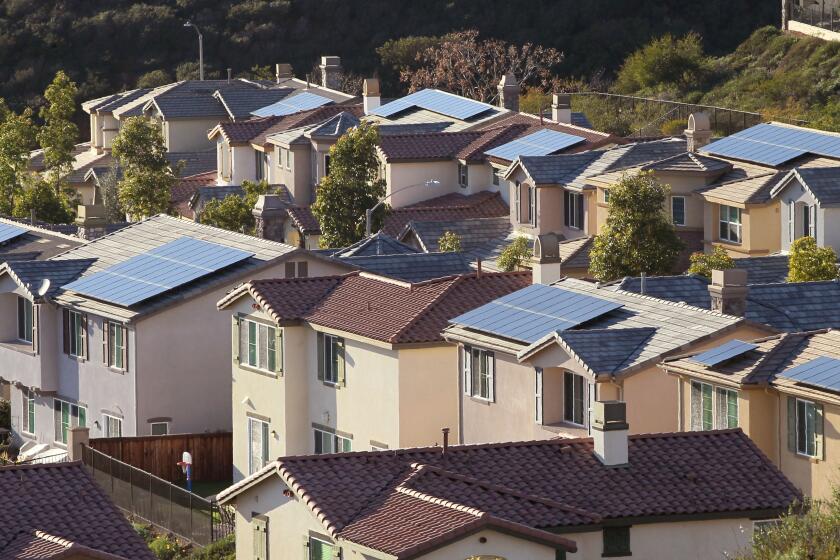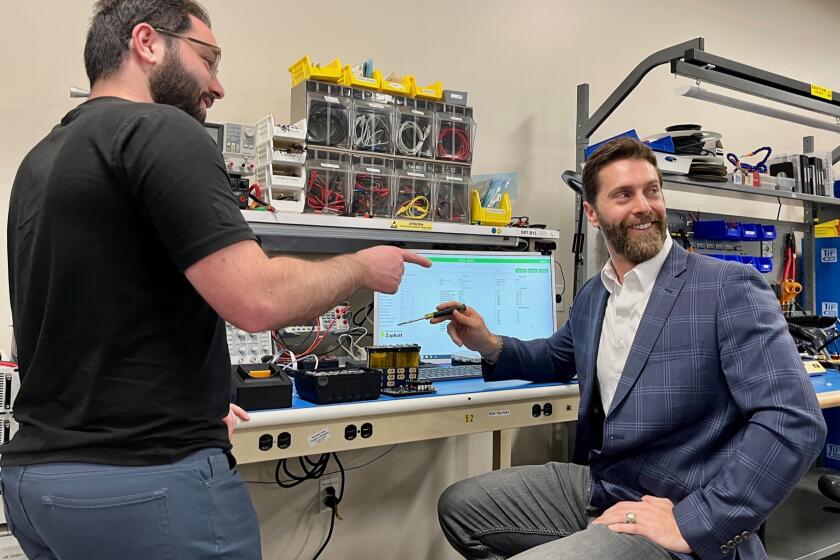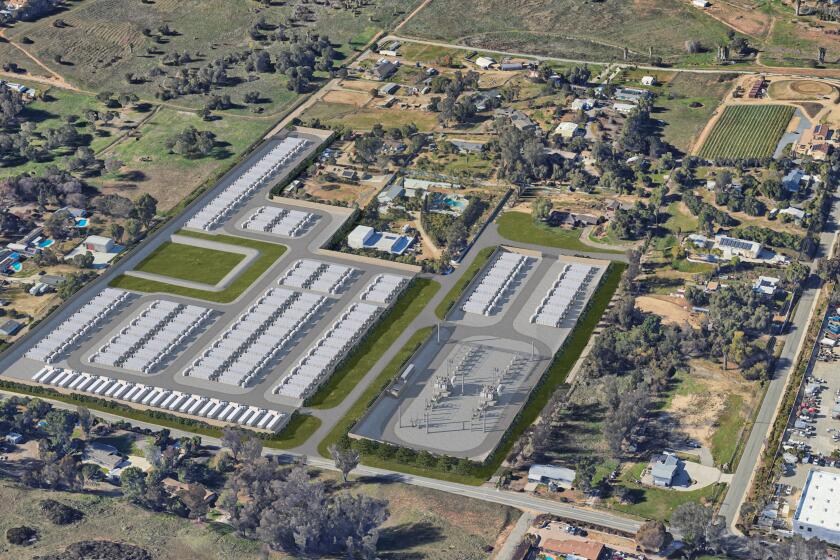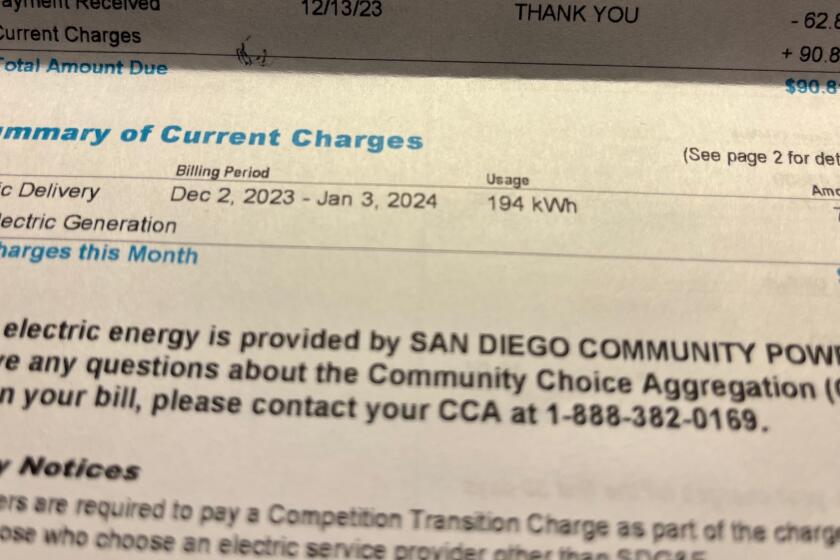California’s grid manager extends Flex Alert for a third straight day

Heat wave blanketing the state expected to linger through Labor Day.
The California Independent System Operator extended a Flex Alert calling for homeowners and businesses across the Golden State to reduce their energy use through Friday in hopes of preventing rolling blackouts.
It marks the third straight day the grid operator has issued a Flex Alert between the hours of 4 p.m. to 9 p.m. in an effort to reduce strain on the state’s electric grid.
Officials at the California ISO said conservation measures during Wednesday’s Flex Alert helped grid managers maintain a sufficient number of megawatts to ensure safety margins. But with triple-digit temperatures expected to run throughout the Labor Day weekend, more Flex Alerts may come.
“With even greater levels of extreme heat on the way, the grid’s reliability is still threatened,” California ISO chief executive officer Elliot Mainzer said in an online message Thursday. “So we remain laser-focused on watching conditions throughout the day and the rest of this heat wave.”
Mainzer said a number of fires added to the strain on the system on Wednesday, including a brushfire near Castaic that took a large power facility out of commission.
To help free up transmission lines and make sure all available resources are in service, the ISO earlier this week sent a notification to utilities and other power providers to hold off on scheduled maintenance on generators and transmission lines each day from noon to 10 p.m., through next Tuesday.
Forecasters say the public shouldn’t expect relief from the heat before Tuesday
To reduce energy demand from 4 p.m. to 9 p.m., the grid operator has asked consumers to:
- avoid using major appliances
- not charge electric vehicles
- set thermostats to 78 degrees or higher, if health permits
- turn off unnecessary lights, and
- close blinds and drapes to keep rooms cool.
The 4 p.m. to 9 p.m. time frame is critical for grid operations because it comprises the hours when the state’s power system is under the most pressure.
California produces a lot of solar power during the day but when the sun goes down, solar production disappears. Plus, on some of the hottest days of the year, wind production also dips.
When temperatures soar, consumers crank up their air conditioning, which increases demand on the system. When it’s really hot, customers keep the AC on for an hour or two after it gets dark — just as solar production vanishes.
Grid operators then have to replace the lost megawatts with other sources of power to keep the electrical system balanced — and it has to be done in real time. If a shortage threatens the system’s contingency reserves, the ISO issues a Stage 3 Emergency, instructing utilities to shed load until the margins are restored.
Get U-T Business in your inbox on Mondays
Get ready for your week with the week’s top business stories from San Diego and California, in your inbox Monday mornings.
You may occasionally receive promotional content from the San Diego Union-Tribune.


